What Will We Leave in the Fossil Record?
Artist Erik Hagen considers the remnants of modern human life that may be found in rock strata millions of years from now
Erik Hagen gives a glimpse at what it might be like to travel in time. His latest exhibition, "Fossils of the Anthropocene," now on display at the American Association for the Advancement of Science headquarters in Washington, D.C., invites viewers millions of years into the future to ponder the significance of their own detritus—mobile phones, coins and hood ornaments—as it might look preserved in stone.
"My art is a portrait of modern humanity as seen through the lens of the artifacts that we leave behind," the artist says.
Hagen has layered oil paint, sand, varnish, marble dust and dry pigments—including iron oxides, gypsum and resin—onto linen and wood to make 32 paintings that resemble different types of rock. Some of the works are opaque, like sandstone, while others appear transparent, much like agate or jewels. Mired in all of them, like fossils, are remnants of human life—a toy car and army men, an iPod, bits of plastic, an engagement ring or a pet's footprints.
"The objects represent different facets of our culture," says Hagen. "I use coins to represent commerce and telephones to represent communication and innovation. I also wanted to capture something of human relationships, hence the ring. Toy army men symbolize conflict." His multiple references to cars are suggestive of our heavy reliance on them and their subsequent impact on climate change. Plastic, which is present in about half of the paintings, is a nod to pollution.
Hagen's "fossils" are scientifically implausible. Something like a mobile phone would release harmful materials such as lead, cadmium, nickel and lithium into the soil and groundwater, and its plastic casing would decompose before it could ever fossilize. But, as works of art, the faux fossils encourage people to think about their interactions with the planet.
"Scientists are only beginning to understand the impact of plastic micro-beads found in the Great Lakes or plastic litter in the ocean," Hagen says. Researchers at the Sea Education Association in Woods Hole, Massachusetts, gave Hagen some marine plastic that he included in one of his paintings. "You can see how the plastic fragments have been weathered by their journey," he adds.
Hagen, who is based in Houston, studied art and art history at Carleton College in Minnesota and later earned degrees in environmental engineering from the University of Washington in Seattle. His engineering work focuses on the impacts of human activity and climate change on water resources.
The artist traces his inspiration for "Fossils of the Anthropocene" back to the very first fossil he found as a kid, always hunting for rocks. "It was as if the plant that died so many millions of years ago was communicating with me across the ages, the same way that a photo speaks across generations," he says. "The fossil awakened me to the notion of geologic time and our place as humans on the planet."
While Hagen is quick to acknowledge the massive changes we are making to our planet, he is still optimistic that humans will harness science and technology in ways that will ensure a secure future for coming generations.
"I hope our legacy for future epochs is a positive one," he says.
"Fossils of the Anthropocene" is on display at the AAAS Art Gallery through November 19, 2014.
/https://tf-cmsv2-smithsonianmag-media.s3.amazonaws.com/accounts/headshot/megan.png)
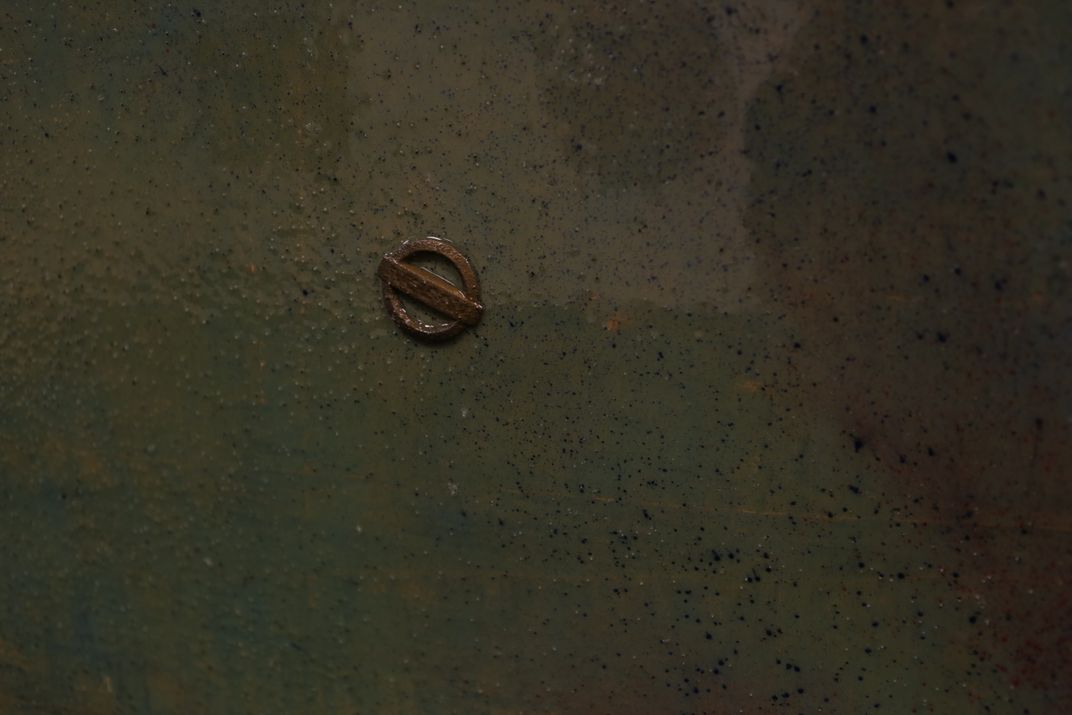
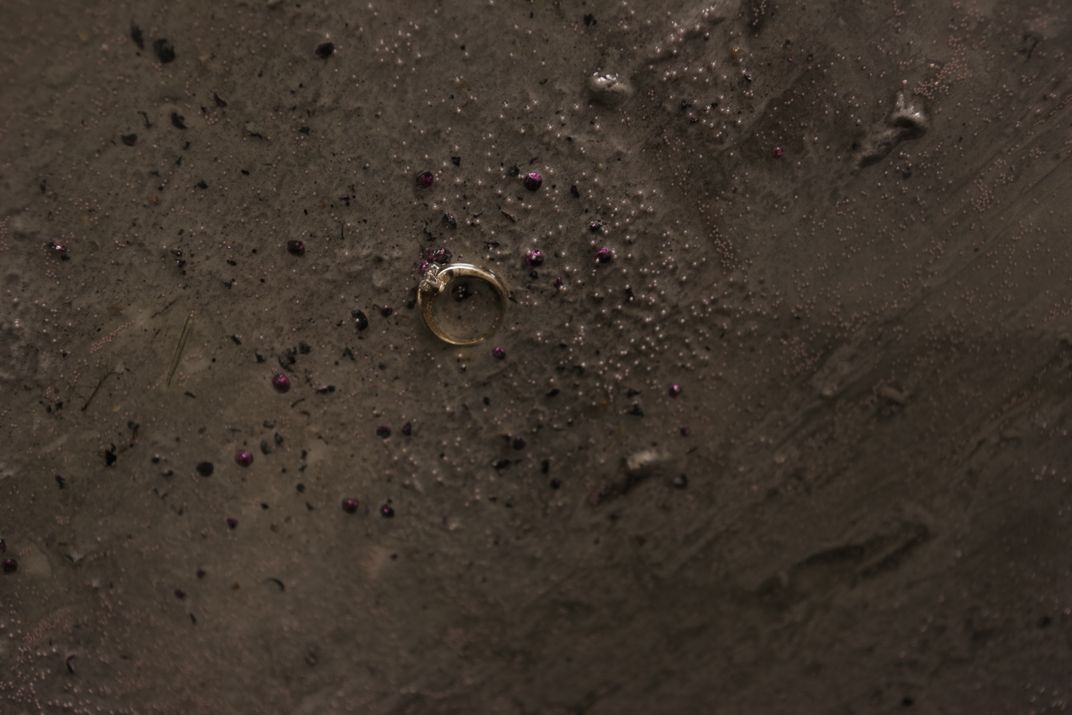
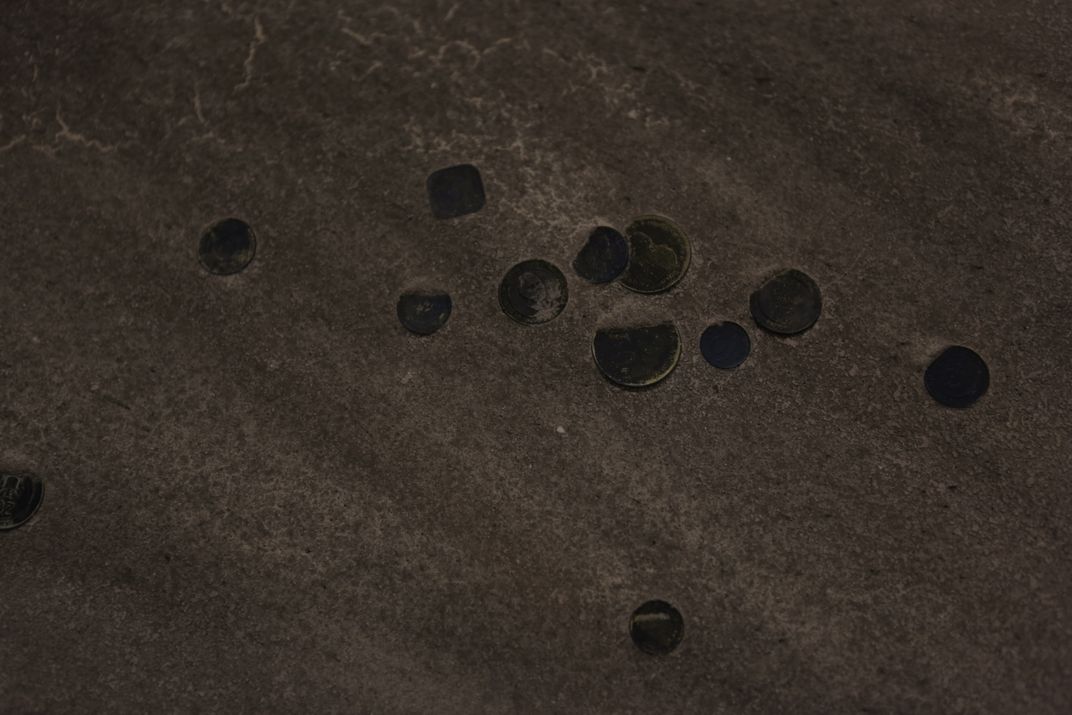
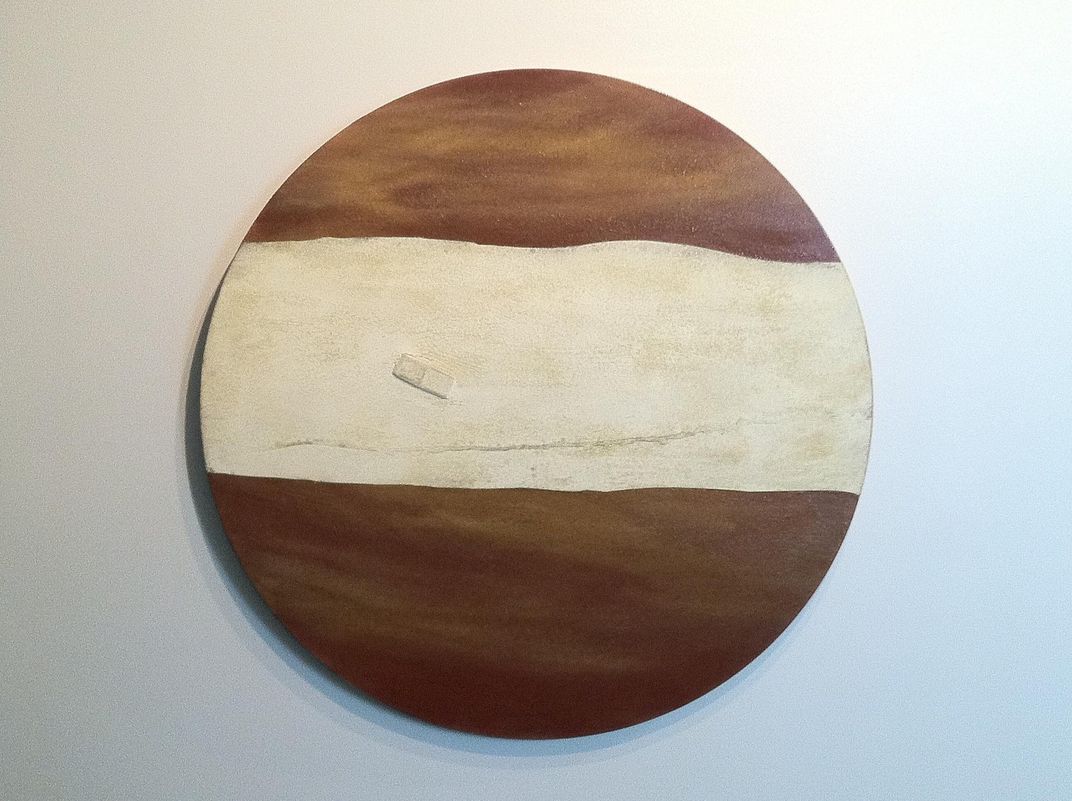
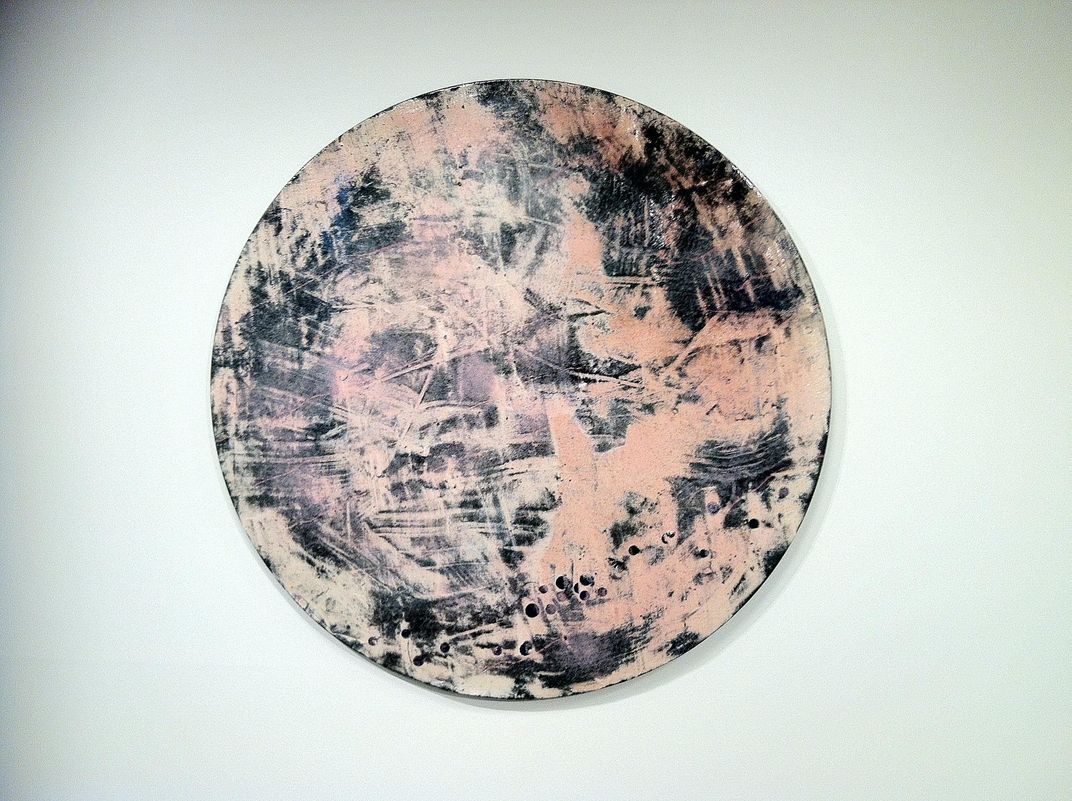
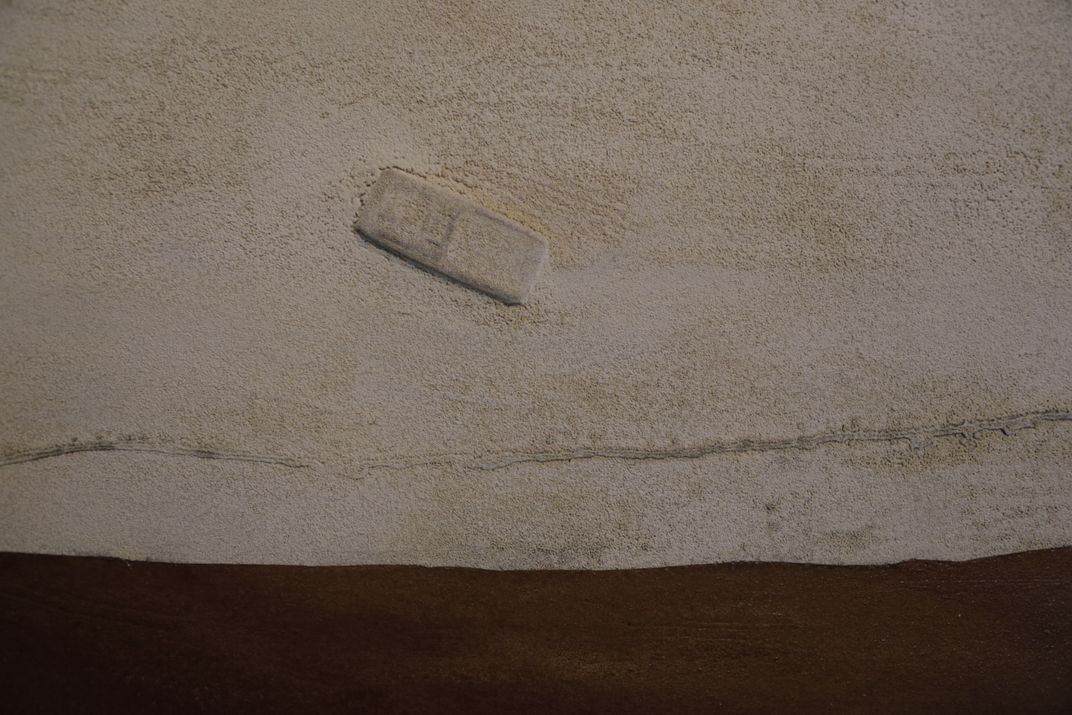
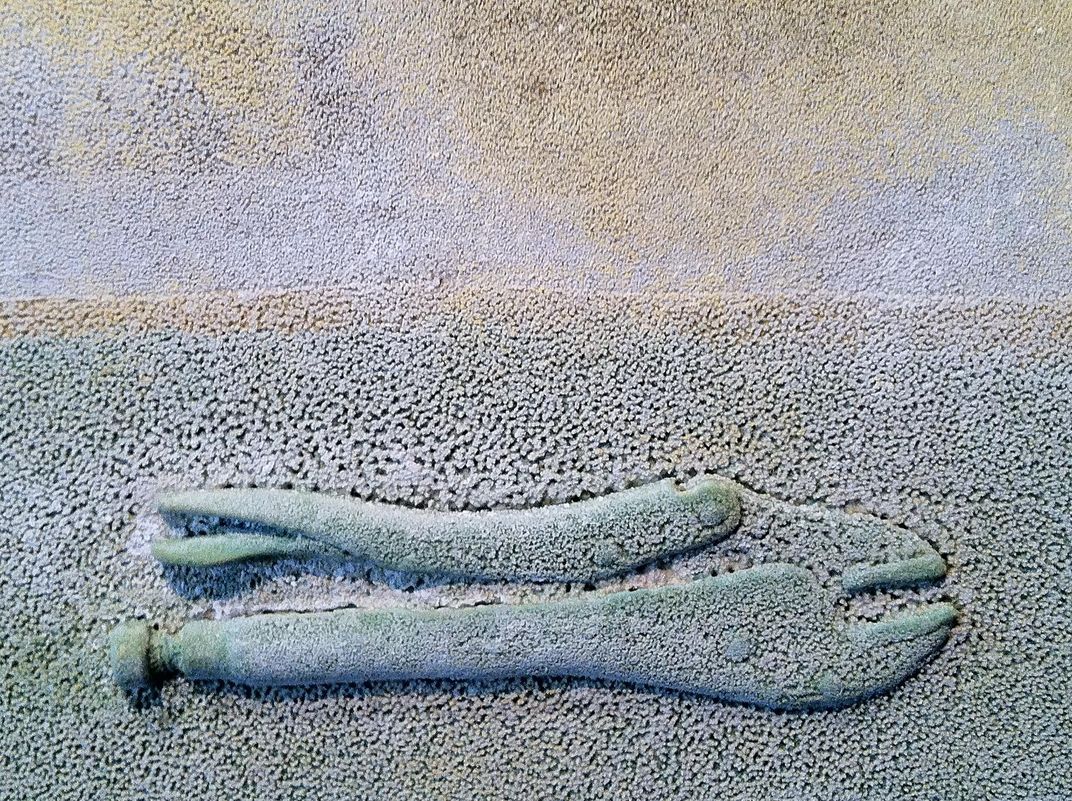
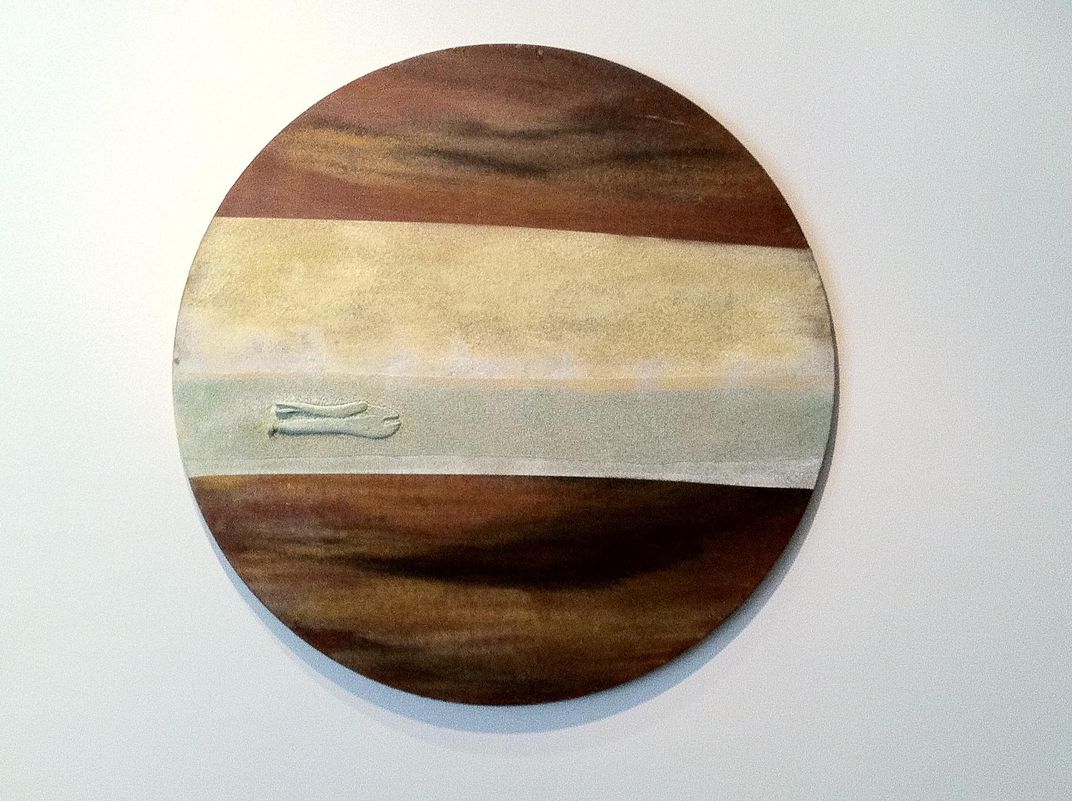
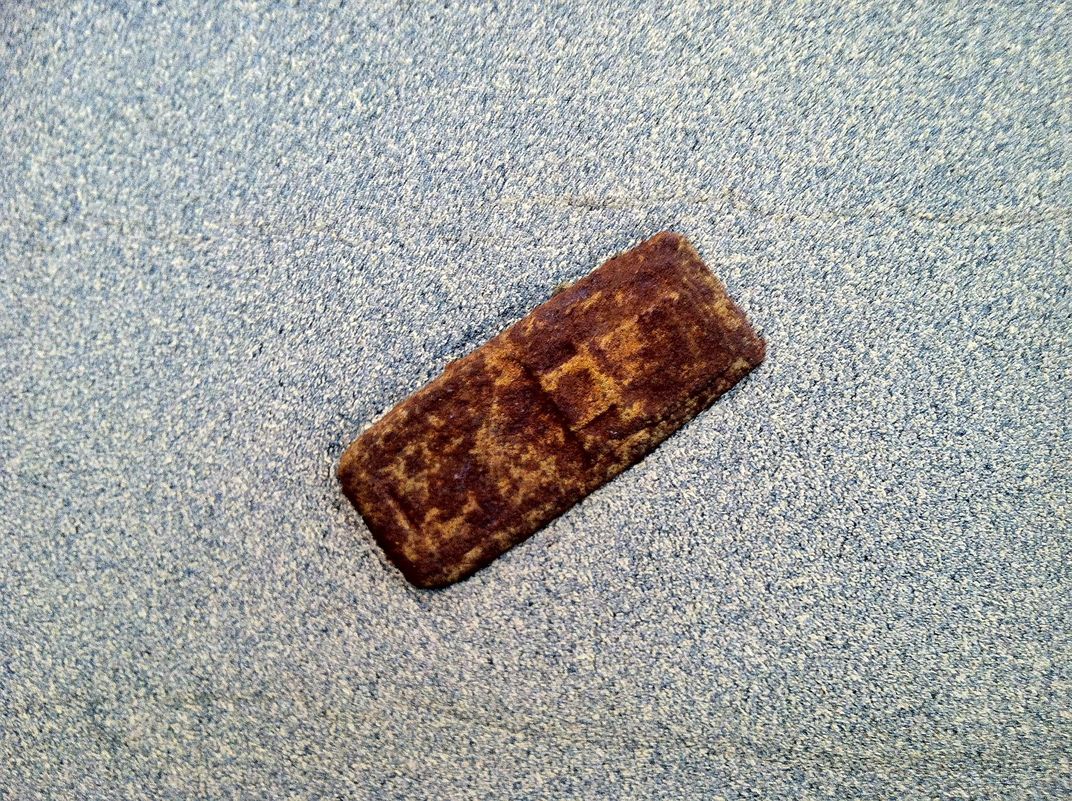
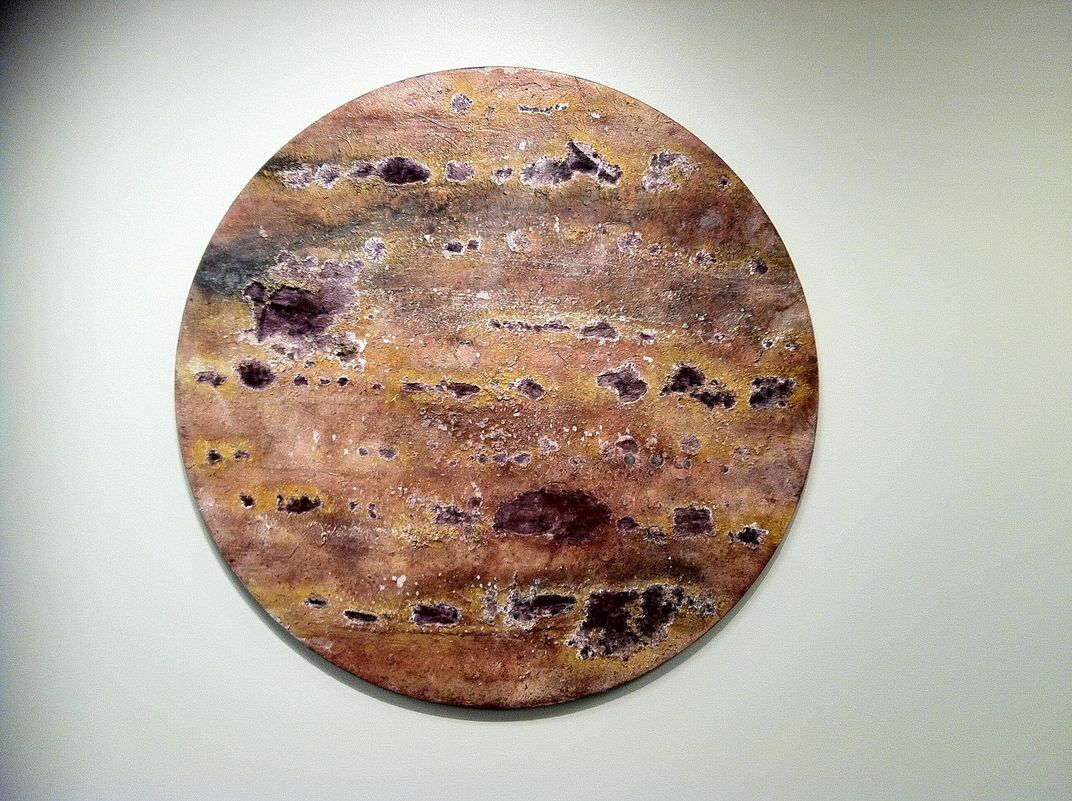

/https://tf-cmsv2-smithsonianmag-media.s3.amazonaws.com/accounts/headshot/megan.png)